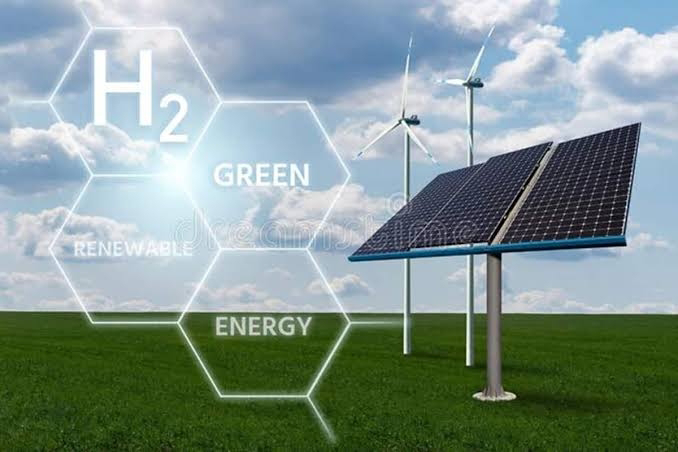Clean energy with hydrogen has garnered significant attention as a promising avenue for a more sustainable future. Hydrogen, when produced using renewable energy sources, has the potential to address environmental concerns and contribute to decarbonizing various sectors. Here's how hydrogen fits into the clean energy landscape:
1. Green Hydrogen Production:
- Electrolysis: Green hydrogen is produced through a process called electrolysis, where water is split into hydrogen and oxygen using electricity. If this electricity comes from renewable sources such as wind or solar, the entire production process is emissions-free.
2. Renewable Energy Storage:
- Hydrogen can act as a storage medium for excess renewable energy. During times of surplus energy generation (e.g., sunny or windy days), excess electricity can be used to produce hydrogen, which can be stored for later use.
3. Transportation:
- Fuel Cell Vehicles: Hydrogen fuel cells can power vehicles, providing an alternative to traditional internal combustion engines. Fuel cell vehicles emit only water vapor and heat, offering a cleaner transportation option.
4. Industrial Applications:
- Hydrogen is a key input in various industrial processes, including the production of chemicals and the refining of metals. Green hydrogen can replace conventional hydrogen production methods, reducing carbon emissions in these industries.
5. Power Generation:
-Fuel Cells:Hydrogen can be used in fuel cells to generate electricity. This is a clean process as the only byproducts are water and heat. Fuel cells can be utilized for stationary power generation, providing electricity for homes and businesses.
6. Decarbonizing Heating:
- Hydrogen can be used as a clean fuel for heating applications in residential and industrial settings. Replacing natural gas with hydrogen in certain applications can reduce carbon emissions.
7. International Collaboration:
- Countries worldwide are investing in research and infrastructure for hydrogen production and utilization. International collaborations aim to develop a global hydrogen economy that facilitates the export and import of clean hydrogen.
8. Challenges and Considerations:
- Despite its potential, challenges such as cost, infrastructure development, and energy efficiency need to be addressed for hydrogen to play a widespread role in clean energy.
- The "color" of hydrogen (gray, blue, or green) is often used to denote how it is produced, with green being the cleanest and sourced from renewables.
Hydrogen's role in the clean energy transition is evolving, with ongoing research and development efforts. As technologies advance and economies of scale are achieved, hydrogen is expected to play a crucial role in reducing greenhouse gas emissions and creating a more sustainable energy future.

No comments:
Post a Comment